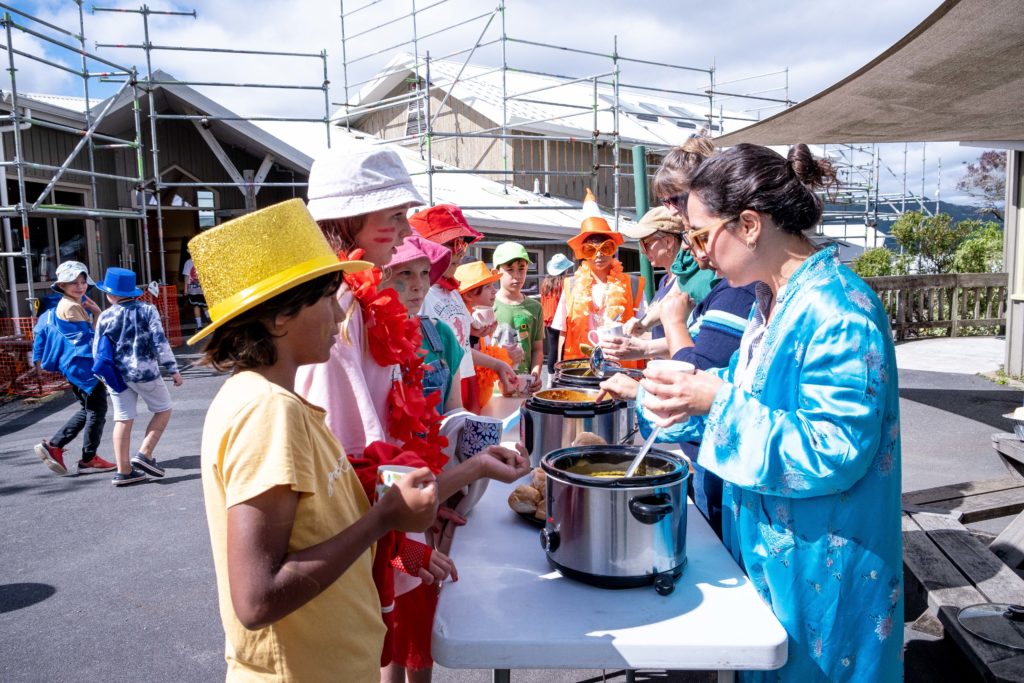
At Raphael House, we celebrate six different festivals:
Not yet! Not Yet! Hold on to the heat of summer! of March, we will gather for our Harvest Festival.
As I age, I become more resistant to the advent of autumn – the shortening days, the loss of warmth and no more swims in the sea – but the cycle of seasons proceeds at its ordained place.
In the round of the seasons, our school community celebrates the four corners of the year and the Arch-angelic Beings which hold sway in Nature’s waxing and waning.
Outwardly, autumn is the time of the harvest when the bounty of the earth is given to us and we human beings raise our hearts in gratitude for Nature’s plenty.
Our technology and transport may offer us food in plenty and variety the whole year round, but we do well to bear in mind our dependence on nature’s rhythms.
Inwardly, we celebrate autumn and then move toward mid winter. Rudolf Steiner tells of the call from the Arch-angel Michael to develop courage and consciousness to fight the dragons of fear and anxiety within and between us at this season.
Our children will play team games with challenges to meet them around our marvellous school grounds.
“When I conquer within me fear and wrath, Michael in heav’n casts the dragon forth”!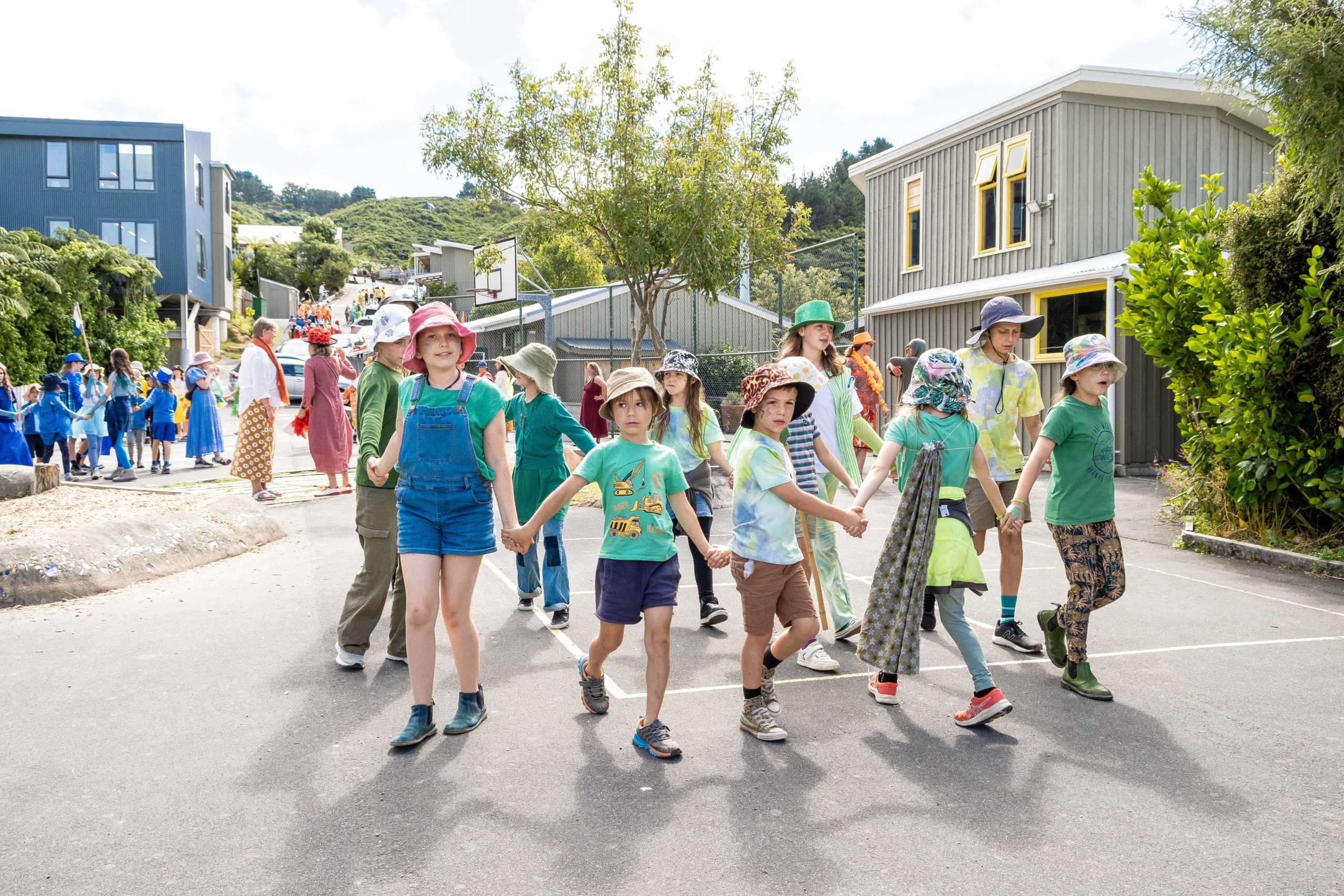
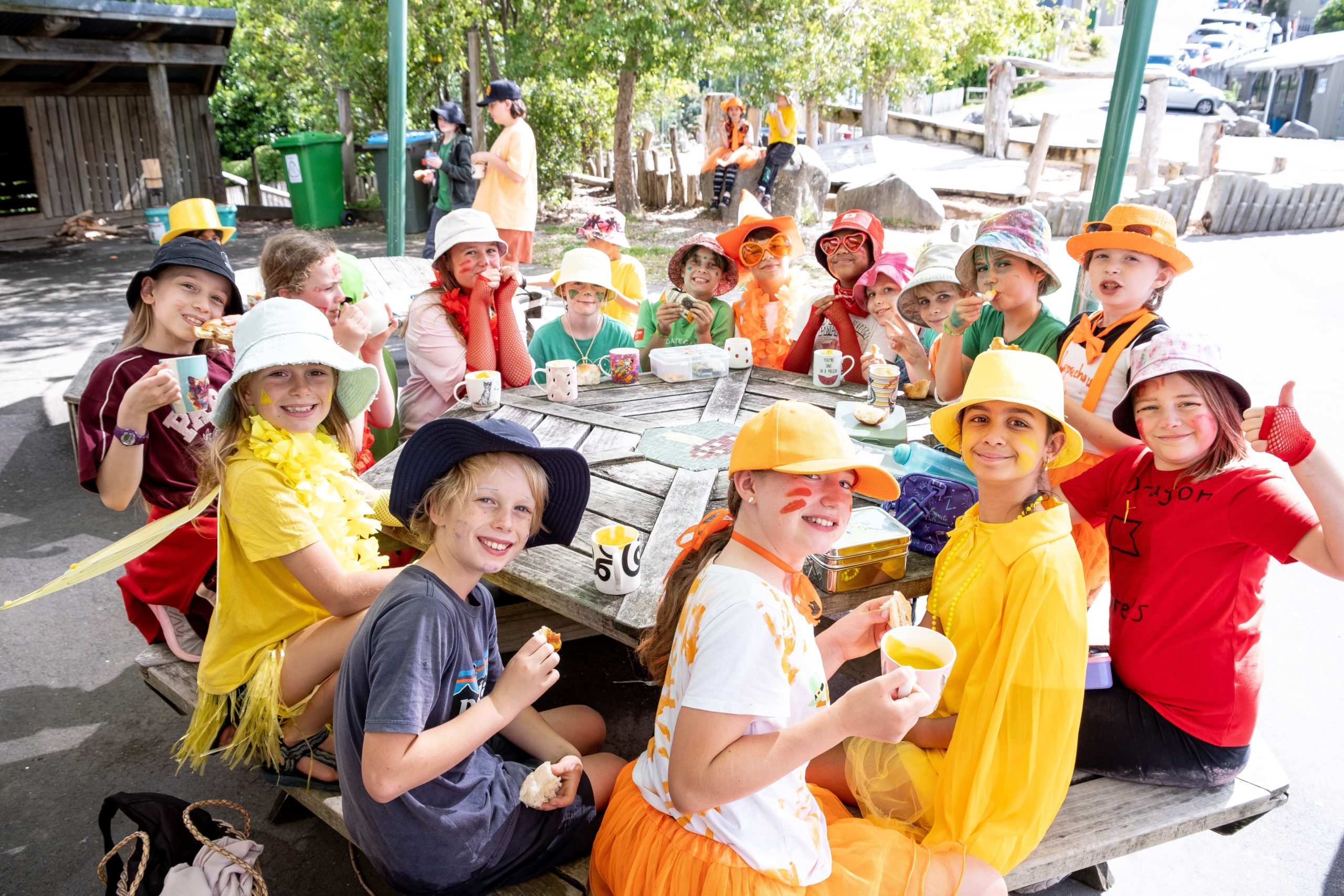
Our Easter festival is celebrated the day before Good Friday. A whole school assembly will take place in the morning followed by stories in the Lower School and a concert in the Upper School. There is then juice and hot cross buns in individual classrooms.
As we approach our Easter Festival our younger children meet the theme of transformation and metamorphosis, whereas older students approach the question of our mortality and the new life which springs from death. 
We have two assemblies for our Pentecost festival. One for the Upper school and one for the Lower School. This is the festival of the Holy Spirit, the divine force that became an inner flame, giving inspiration to the Apostles, so that they could carry Christianity into the world each with their own understanding, beyond distinctions of race or culture. At Pentecost we celebrate the Spirit of Community: that which enables us to meet; true to our individuality while acknowledging and respecting the individuality of the other, and recognising what it is that binds us as humanity.
Ka puta Matariki ka rere Whānui.
Ko te tohu tēnā o te tau e!
Matariki re-appears, Whānui starts its flight.
Being the sign of the New Year!Matariki is actually a small cluster of tiny sparkling stars which appear when the sun, drifting north on the shortest day in winter, reaches the north-eastern end of the horizon. It is a time linked to the winter solstice, when the sun begins its journey south again and is traditionally a time to celebrate unity and family.
Matariki is a significant festival for us all at Raphael House; we are preparing both inwardly and outwardly for this time at school. It is an opportunity for us all to reflect and give thanks, to celebrate the earth and to show respect for the land on which we live.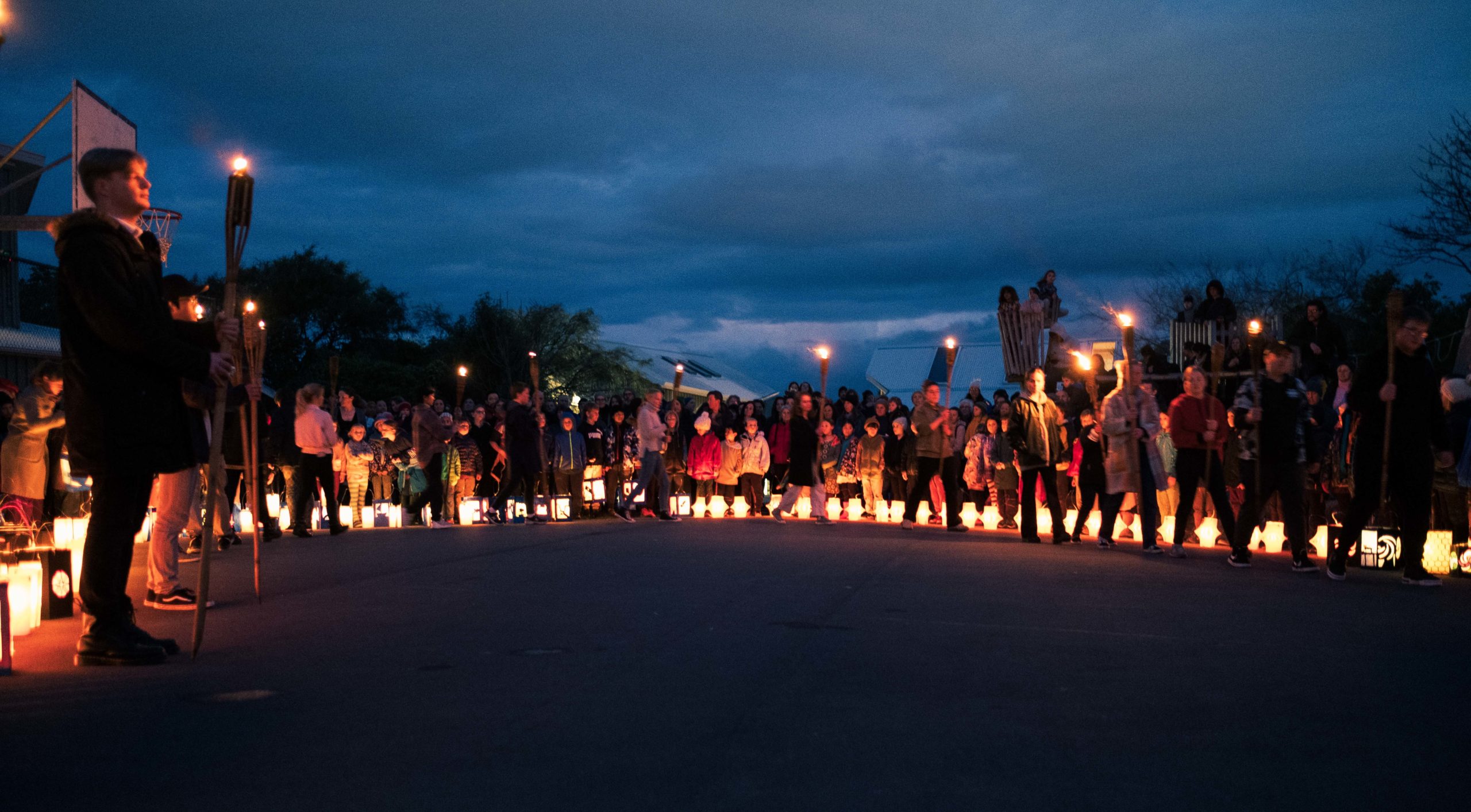
This festival takes place around the Spring equinox as we move towards warmer weather and enjoy the sprouting of new life. Traditionally this has been a festival where different areas of the school separate into different areas.
Upper School students are involved in a variety of healing ore renewing activities.
Lower School children will have singing and May Pole dances on the court, followed by a fruit picnic.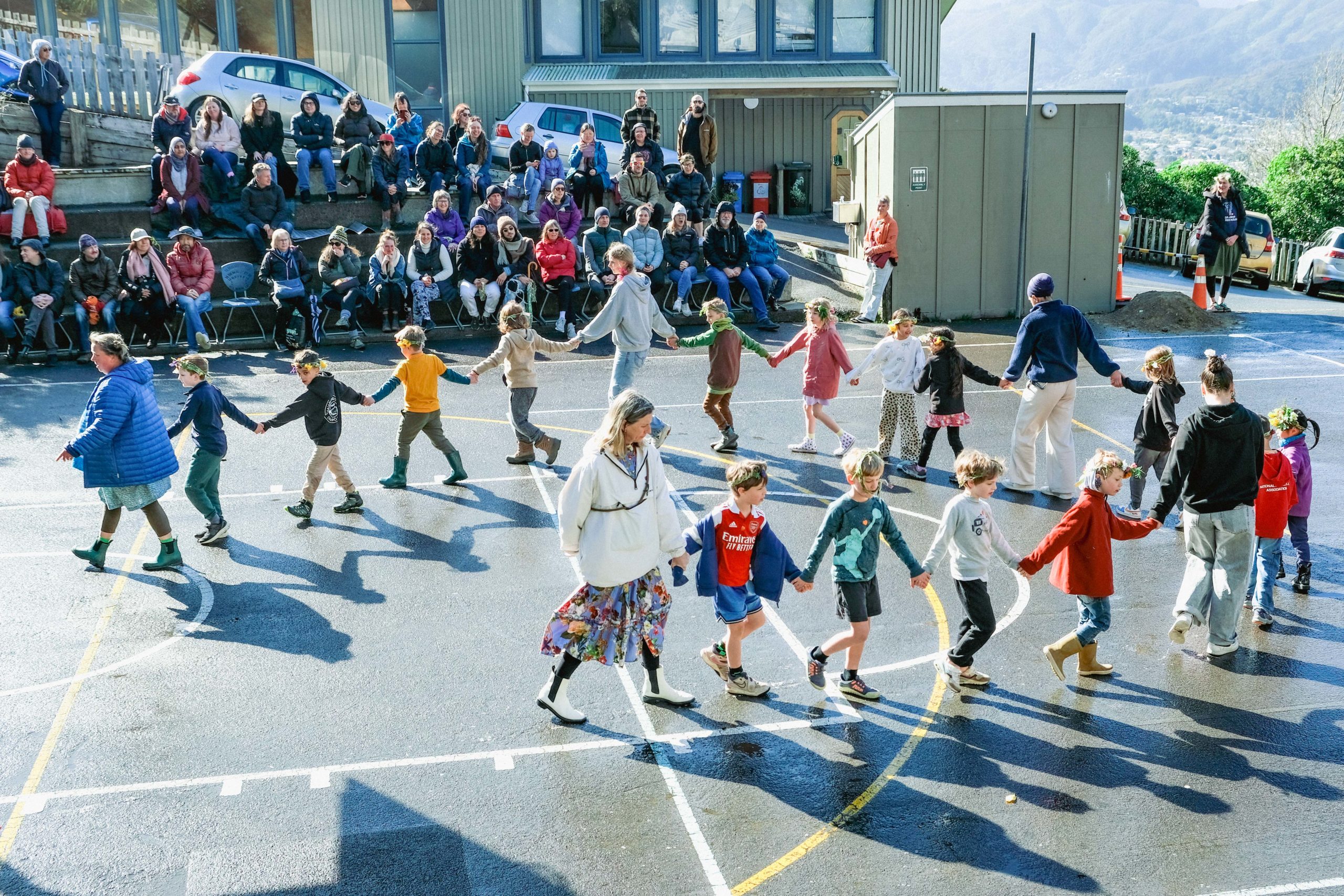
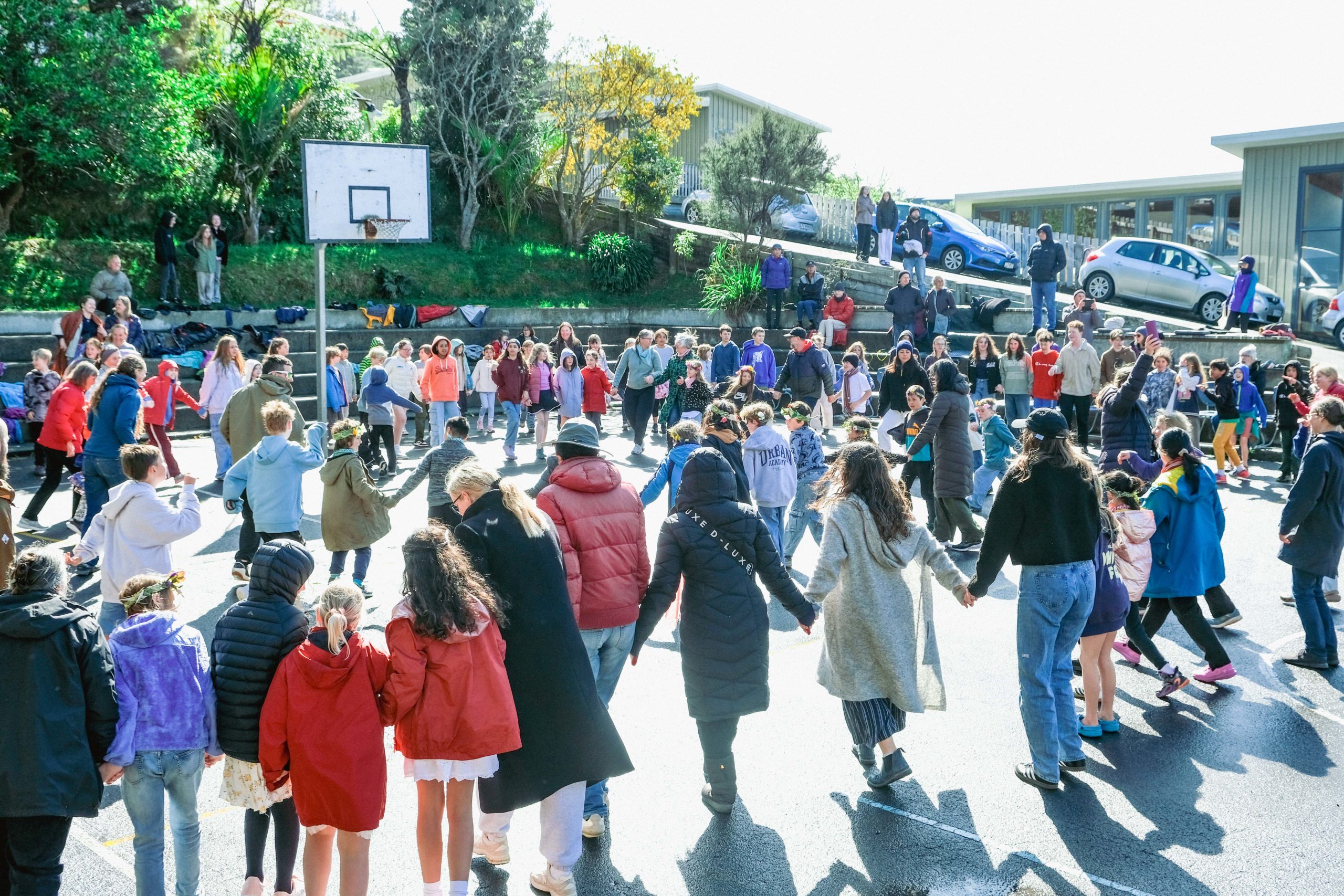
Angels in the Garden
Observes the annunciation: Gabriel announcing the coming of Christ.
Shepard’s Play and Carols
The Shepherd Play celebrates the birth of Jesus with a mix of simple shepherd’s humour and purity of heart.
Our festivals explore and honor the cycles of nature, along with the inner qualities of the Christian festivals.
What do we observe in nature when we see the season unfold in front of us?
The harakeke flowers swell and bloom during Advent, in the lead up to summer. These flowers then ripen and mature into seeds around Easter. Fifty days later, at the time of Pentecost (Whitsun), we will notice that the harakeke seeds have scattered, leaving the empty pods behind. As winter unfolds, the harakeke korari (flower stalk) decomposes and returns to the whenua. Matariki brings us an opportunity to honor those that have passed, connect, and share as a whānau, and look forward into the new year ahead. As Spring unfolds, the new shoots emerge and rise above the old growth. And so the cycle continues.
For each festival, teachers and classes have different roles and tasks. Teachers bring the essence of each festival into their classrooms through stories, singing and activities in the weeks prior to each festival.
Through working in partnership as a community a sense of belonging is created through shared warmth and connection during the festivities.
Nāu te rourou, nāku te rourou, ka ora ai te iwi.
With your food basket and my food basket the people will thrive.
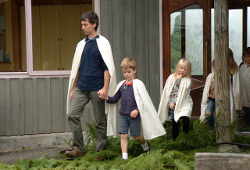
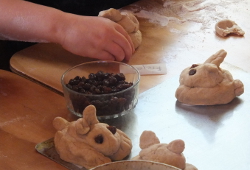
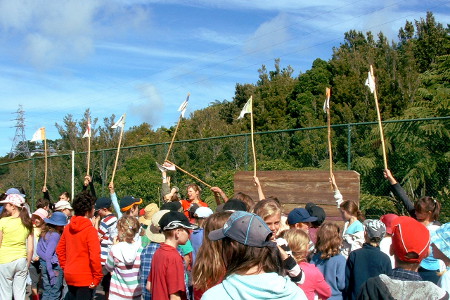

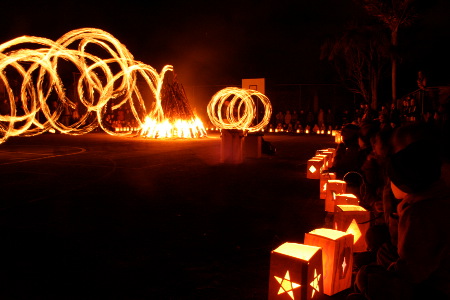

Turning to themes from the life of Christ, the Saints and other leaders of humanity and to Folk Tales of various kinds we look for inspiration that might help bring definition and meaning to the deeper questions of life, questions that arise through our spiritual striving, that deal with the great enigmas of existence – Birth, Death and the reason for Life itself.
Through the cycle of the festivals we also give our attention to the tangible world around us, to elements of the daily environment in which we live and work, in order to rediscover processes and patterns of the natural world that might reflect our own humanness and renew our sense of belonging.